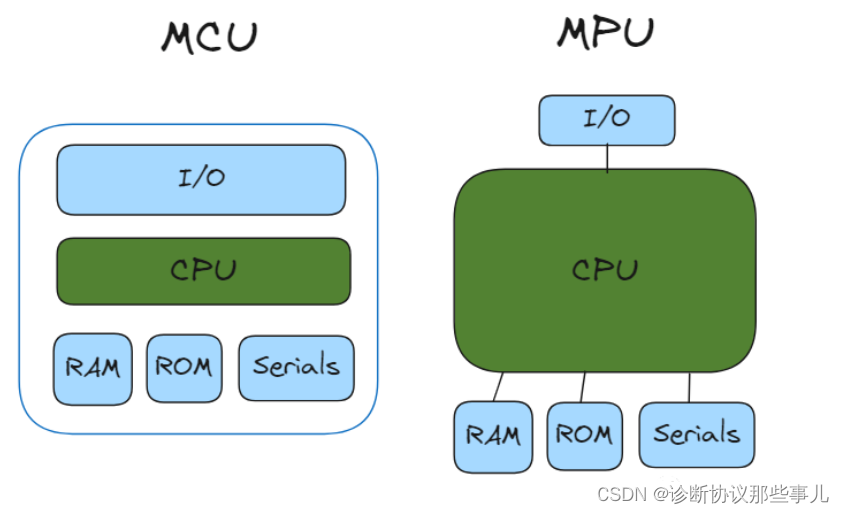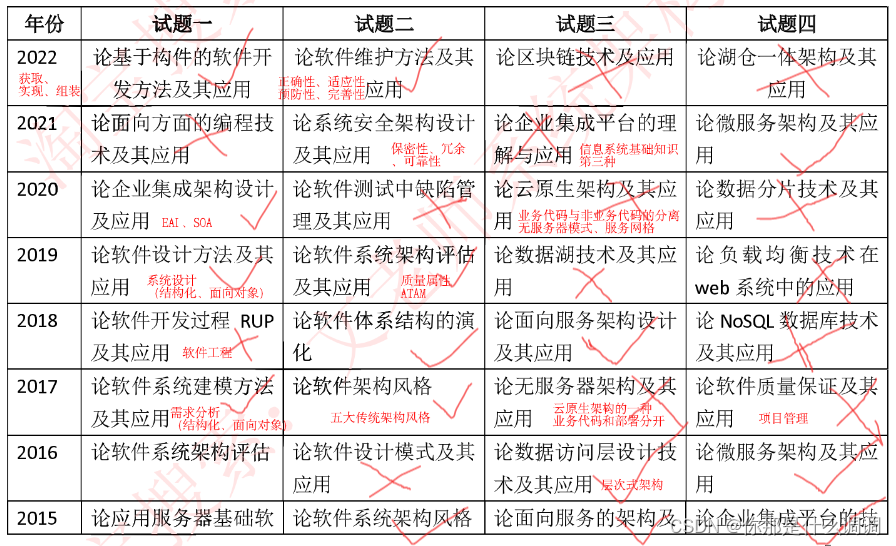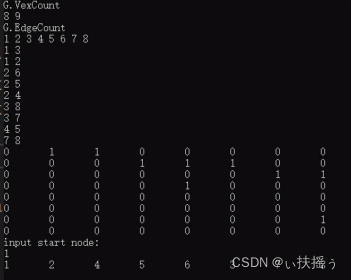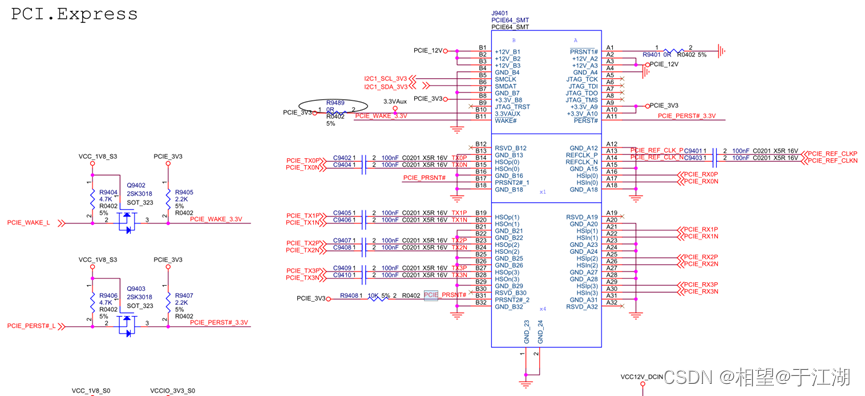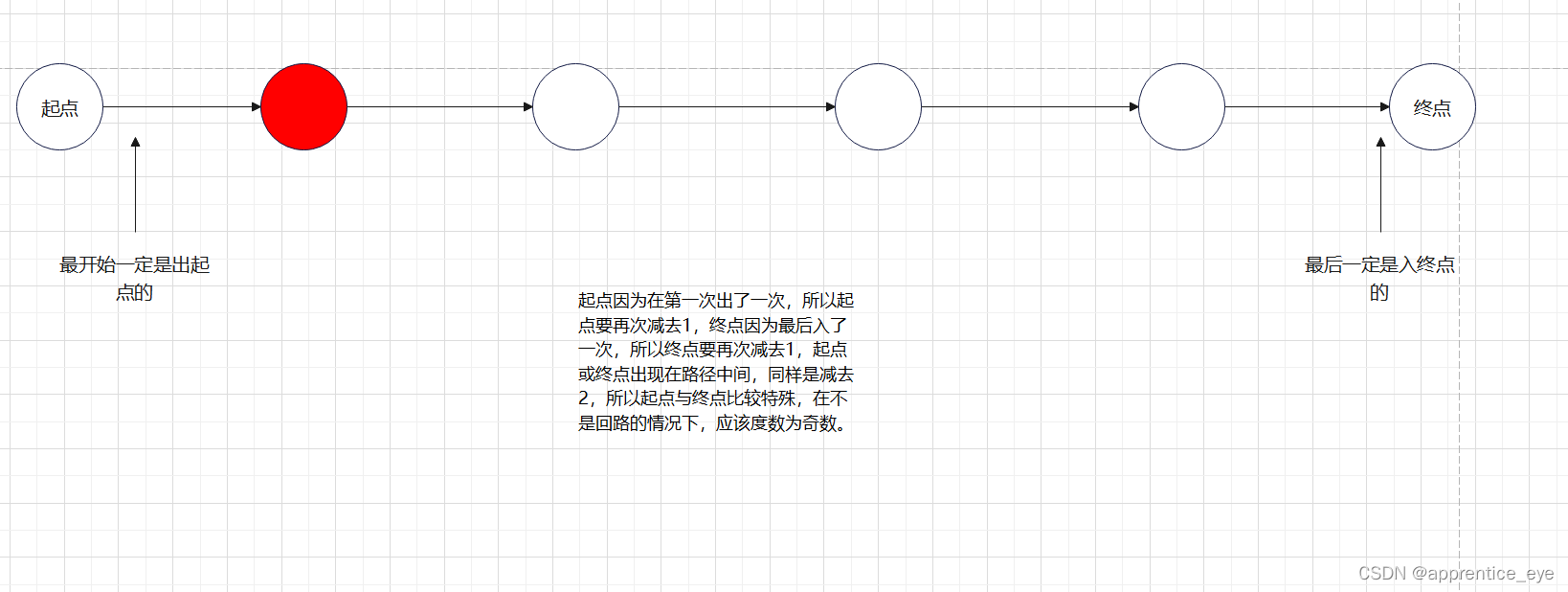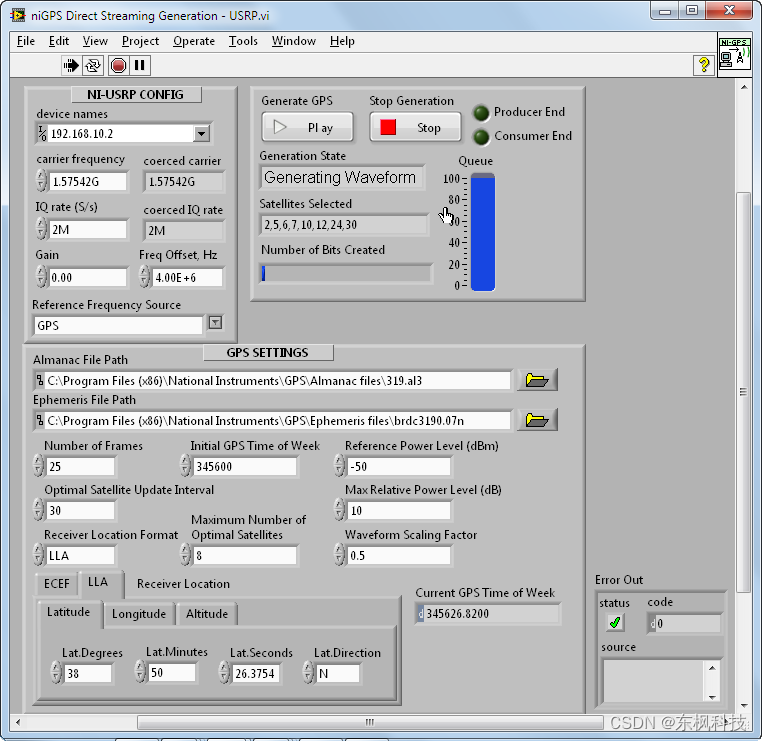反射重拾
半年没碰java了
先写点基础回忆一下
反射弹计算器
public class Test {
public static void main(String[] args) throws Exception {
Class<?> clazz = Class.forName("java.lang.Runtime");
clazz.getDeclaredMethod("exec", String.class).
invoke(clazz.getDeclaredMethod("getRuntime").invoke(clazz),"calc");
}
}
public class Test {
public static void main(String[] args) throws Exception {
Class.forName("java.lang.ProcessBuilder").getDeclaredMethod("start")
.invoke(Class.forName("java.lang.ProcessBuilder")
.getConstructor(String[].class)
.newInstance(new String[][]{{"calc"}}));
}
}
import java.lang.reflect.Method;
import java.util.Map;
public class Test {
public static void main(String[] args) throws Exception {
Class clazz = Class.forName("java.lang.ProcessImpl");
Method start = clazz.getDeclaredMethod("start", String[].class, Map.class, String.class, ProcessBuilder.Redirect[].class, boolean.class);
start.setAccessible(true);
start.invoke(clazz, new String[]{"calc"}, null, null, null, false);
}
}
修改Final
步骤如下
获取字段 -> 修改修饰符 -> 修改值
MyClass
public class MyClass {
private final int password = 114514;
@Override
public String toString() {
return "MyClass{" +
"password='" + password + '\'' +
'}';
}
}
Test
import java.lang.reflect.Field;
import java.lang.reflect.Modifier;
public class Test {
public static void main(String[] args) throws Exception {
Class<?> clazz = Class.forName("MyClass");
Field fieldPassword = clazz.getDeclaredField("password");
fieldPassword.setAccessible(true);
Field modifiers = Field.class.getDeclaredField("modifiers");
modifiers.setAccessible(true);
modifiers.setInt(fieldPassword,fieldPassword.getModifiers() & ~Modifier.FINAL);
MyClass myClass = new MyClass();
fieldPassword.set(myClass,1919810);
System.out.println(myClass);// MyClass{password='114514'}
System.out.println(fieldPassword.get(myClass)); // 1919810
}
}
为什么修改了之后我们输出的仍然是原先的值呢?
这是因为java编译器对final修饰属性进行的内联优化 即编译时将final的值直接放到了引用他的地方,即使通过反射修改了该属性 也没啥用
java会对如下final修饰的类型进行优化
byte short int long float double boolean char LiteralString(直接双引号括起来的字符串)
new 的String比较特殊 可以被有效修改 其余类型的包装类也是如此
import java.lang.reflect.Field;
import java.lang.reflect.Method;
import java.lang.reflect.Modifier;
public class Test {
public static void main(String[] args) throws Exception {
Field fieldPassword = Class.forName("MyClass").getDeclaredField("password");
Method getDeclaredFields0 = Class.class.getDeclaredMethod("getDeclaredFields0", boolean.class);
getDeclaredFields0.setAccessible(true);
Field modifiers = null;
Field[] fields = (Field[]) getDeclaredFields0.invoke(Field.class, false);
for (Field f: fields){
if (f.toString().contains("modifiers")) {
modifiers = f;
break;
}
}
modifiers.setAccessible(true);
int recoverNum = fieldPassword.getModifiers();
modifiers.setInt(fieldPassword,0);
MyClass myClass = new MyClass();
System.out.println(myClass);
fieldPassword.set(myClass,"1919810");
modifiers.set(fieldPassword,recoverNum);
System.out.println(myClass);
System.out.println(fieldPassword.get(myClass));
}
}
高版本下不能通过getDeclaredFiled获取Field的属性
但是可以通过getDeclaredFileds0来获得
这里没有考虑高版本绕过反射限制 采用的添加启动参数
--add-opens java.base/java.lang=ALL-UNNAMED --add-opens java.base/java.lang.reflect=ALL-UNNAMED
后面学完绕过高版本反射限制之后会补充
绕过高版本反射限制
jdk 17 下运行
import java.lang.reflect.Method;
import java.util.Map;
public class HighVersionBypass {
public static void main(String[] args) throws Exception {
Class clazz = Class.forName("java.lang.ProcessImpl");
Method start = clazz.getDeclaredMethod("start", String[].class, Map.class, String.class, ProcessBuilder.Redirect[].class, boolean.class);
start.setAccessible(true);
start.invoke(clazz, new String[]{"calc"}, null, null, null, false);
}
}
Exception in thread "main" java.lang.reflect.InaccessibleObjectException: Unable to make static java.lang.Process java.lang.ProcessImpl.start(java.lang.String[],java.util.Map,java.lang.String,java.lang.ProcessBuilder$Redirect[],boolean) throws java.io.IOException accessible: module java.base does not "opens java.lang" to unnamed module @3b07d329
可以通过Unsafe类进行反射
Unsafe是位于sun.misc包下的一个类,主要提供一些用于执行低级别、不安全操作的方法,如直接访问系统内存资源、自主管理内存资源等,这些方法在提升Java运行效率、增强Java语言底层资源操作能力方面起到了很大的作用。但由于Unsafe类使Java语言拥有了类似C语言指针一样操作内存空间的能力,这无疑也增加了程序发生相关指针问题的风险。在程序中过度、不正确使用Unsafe类会使得程序出错的概率变大,使得Java这种安全的语言变得不再“安全”,因此对Unsafe的使用一定要慎重。
那么如何获得一个Unsafe对象呢
Unsafe提供静态方法getUnsafe获取Unsafe实例,当且仅当调用getUnsafe方法的类为引导类加载器所加载时才合法,否则抛出SecurityException异常
那么从getUnsafe方法的使用限制条件出发,通过Java命令行命令-Xbootclasspath/a把调用Unsafe相关方法的类A所在jar包路径追加到默认的bootstrap路径中,使得A被引导类加载器加载,从而通过Unsafe.getUnsafe方法安全的获取Unsafe实例。
挺麻烦 一般用反射

Field field = Unsafe.class.getDeclaredField("theUnsafe");
field.setAccessible(true);
Unsafe unsafe = (Unsafe)field.get(null);
再看看setAccessible的实现

传入true的时候会调用checkCanSetAccessible
跟进去 一路跟到
private boolean checkCanSetAccessible(Class<?> caller,
Class<?> declaringClass,
boolean throwExceptionIfDenied) {
if (caller == MethodHandle.class) {
throw new IllegalCallerException(); // should not happen
}
Module callerModule = caller.getModule();
Module declaringModule = declaringClass.getModule();
if (callerModule == declaringModule) return true;
if (callerModule == Object.class.getModule()) return true;
if (!declaringModule.isNamed()) return true;
String pn = declaringClass.getPackageName();
int modifiers;
if (this instanceof Executable) {
modifiers = ((Executable) this).getModifiers();
} else {
modifiers = ((Field) this).getModifiers();
}
// class is public and package is exported to caller
boolean isClassPublic = Modifier.isPublic(declaringClass.getModifiers());
if (isClassPublic && declaringModule.isExported(pn, callerModule)) {
// member is public
if (Modifier.isPublic(modifiers)) {
return true;
}
// member is protected-static
if (Modifier.isProtected(modifiers)
&& Modifier.isStatic(modifiers)
&& isSubclassOf(caller, declaringClass)) {
return true;
}
}
// package is open to caller
if (declaringModule.isOpen(pn, callerModule)) {
return true;
}
if (throwExceptionIfDenied) {
// not accessible
String msg = "Unable to make ";
if (this instanceof Field)
msg += "field ";
msg += this + " accessible: " + declaringModule + " does not \"";
if (isClassPublic && Modifier.isPublic(modifiers))
msg += "exports";
else
msg += "opens";
msg += " " + pn + "\" to " + callerModule;
InaccessibleObjectException e = new InaccessibleObjectException(msg);
if (printStackTraceWhenAccessFails()) {
e.printStackTrace(System.err);
}
throw e;
}
return false;
}

如果调用类和目标类是同一个module 则可以修改
我们可以通过Unsafe#getAndSetObject来修改module

三个参数对应 操作对象 偏移 值
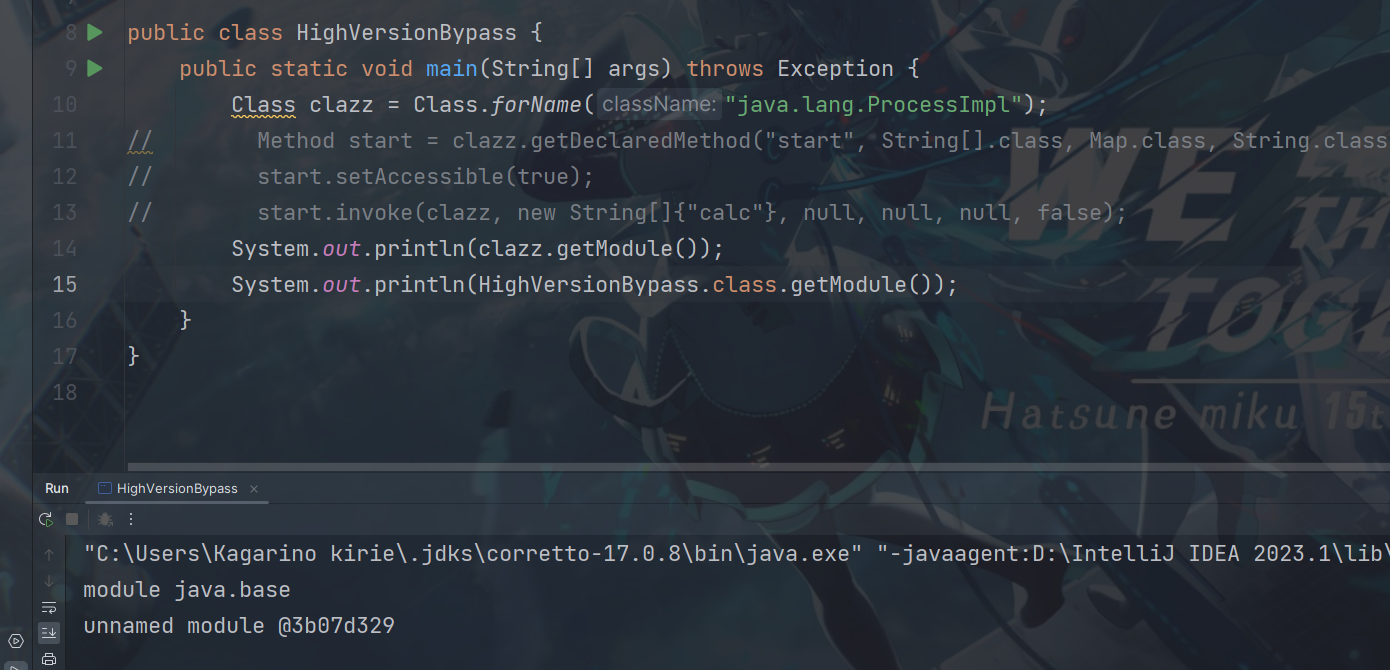
也就是要修改当前的module 为java.base
我们可以通过Unsafe的staticFieldOffset 或 objectFieldOffset来查找偏移量
在此 我们需要将HighVersionBypass类的module属性改为java.base
此处的getAndSetObject可以用putObject替换
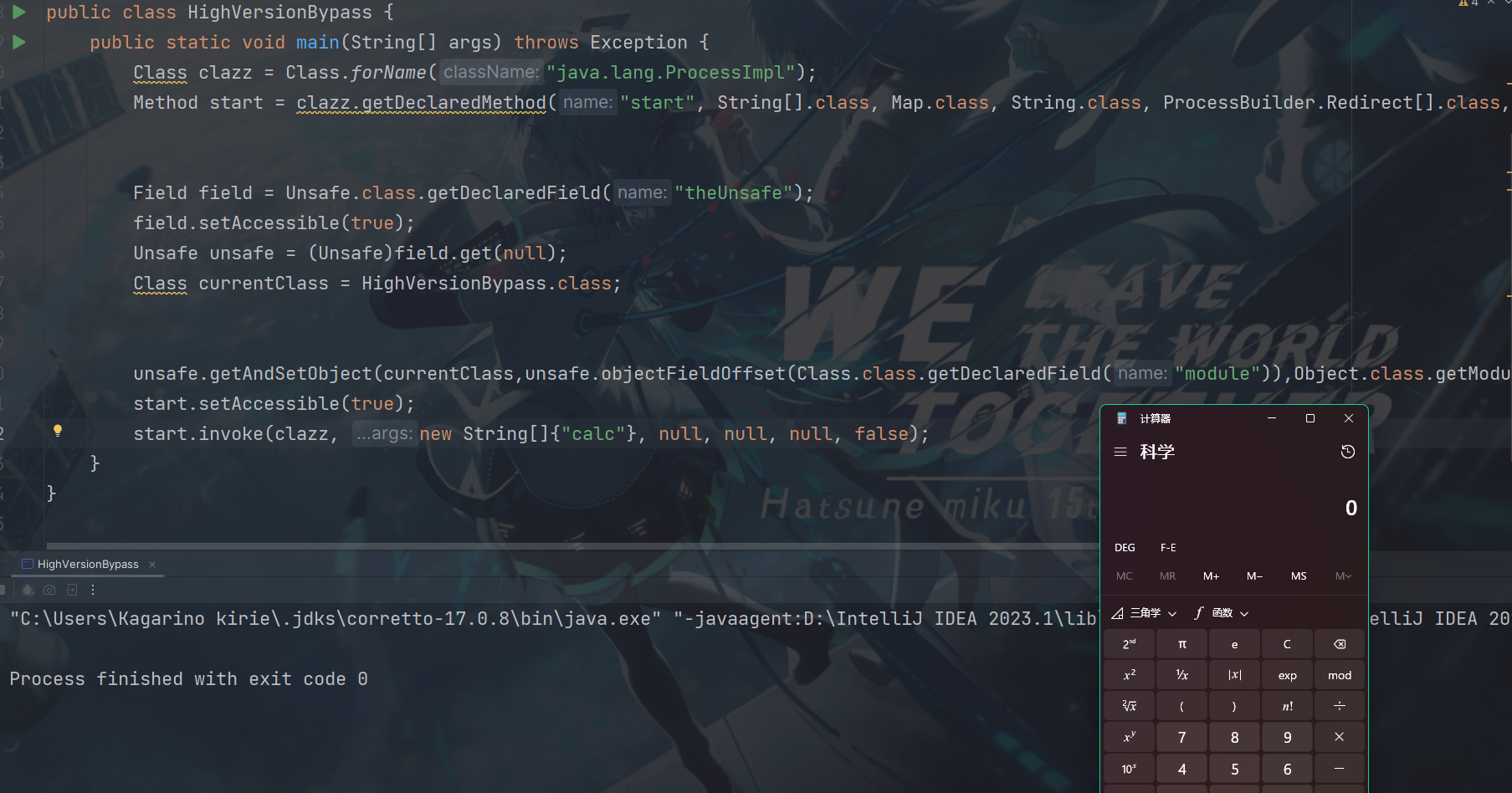
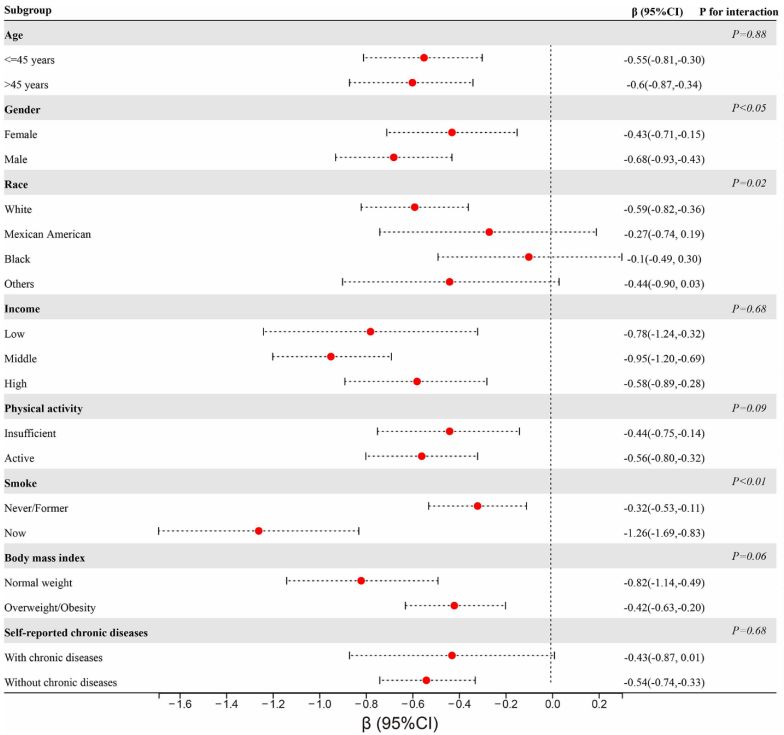
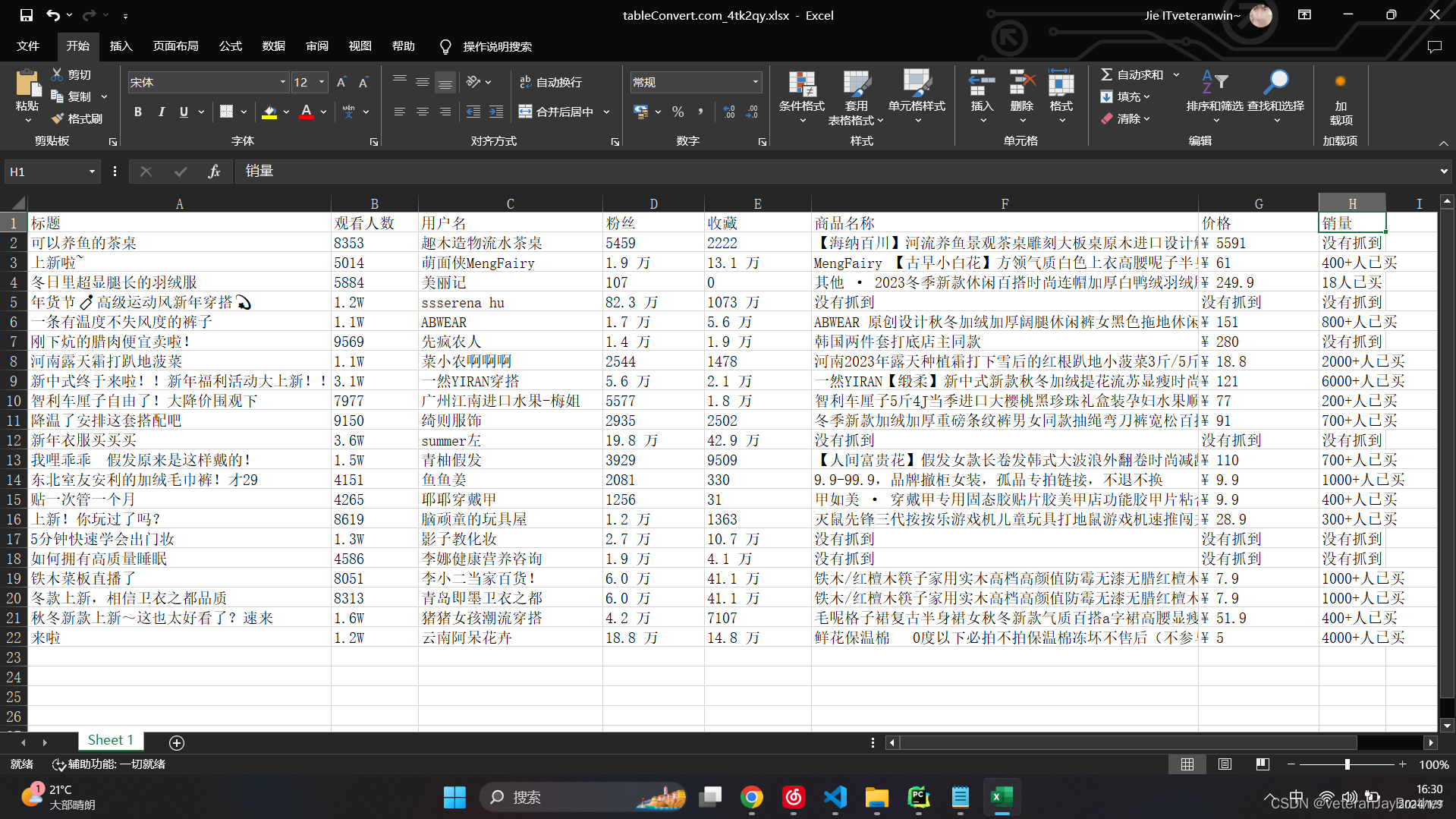

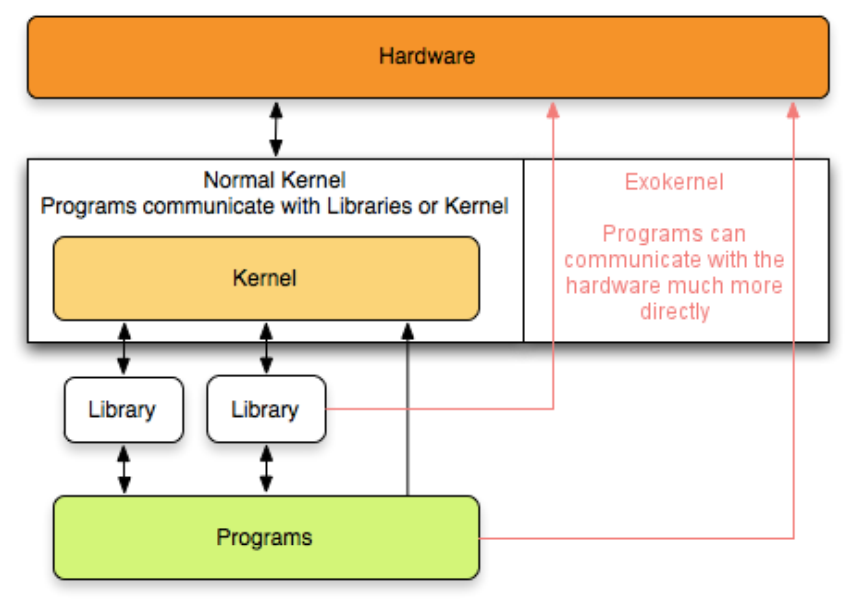

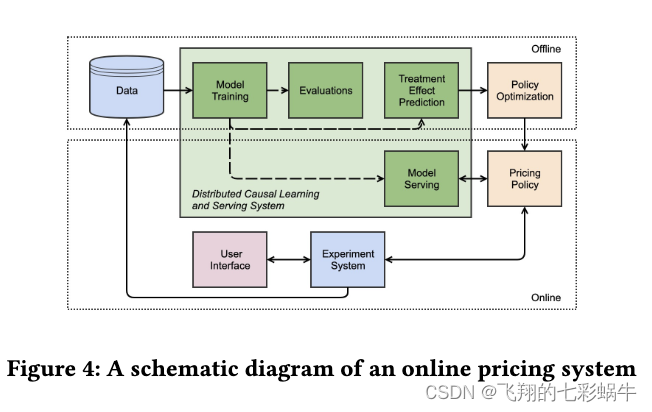
![[java]JAVA中文版API手册 -jdk_api_1.8](https://img-blog.csdnimg.cn/direct/417a1b806bcf4a249d7376038814b3be.png)
